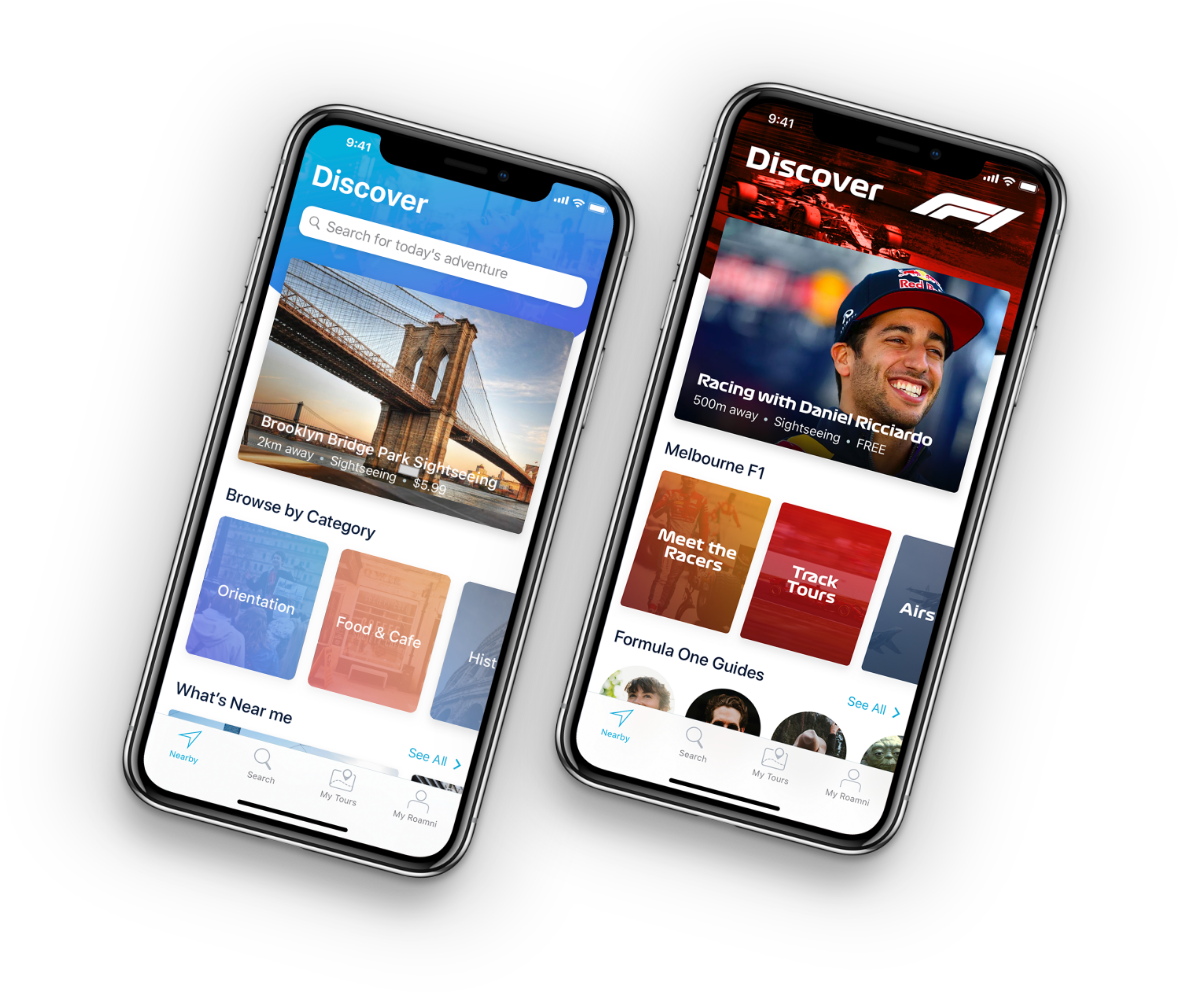How to Validate a Product Idea: I Analyzed Successful App Launches (Here’s What I Discovered)

Most startup founders build products nobody wants. In fact, 90% of startups fail overall, which can be daunting for some.
They skip validation, fall in love with their idea, and pour months into developing something that never finds its market.
The pattern is predictable: founders assume customer interest equals validation, operate in echo chambers, and mistake polite responses for genuine demand. By the time they realize their mistake, they’ve burned cash through funding and spent months on app design and development.
Smart founders, on the other hand, validate their solutions systematically before building, testing whether their solution addresses genuine market needs that people are willing to pay to solve.
And that’s what you’ll learn from this article.
- The Foundation: Understanding product validation
- Phase 1: Market research and target market analysis
- Phase 2: Value proposition development
- Phase 3: Validation testing methods
- Phase 4: Advanced validation techniques
- Phase 5: Scaling and iteration
- The validation framework that works
The Foundation: Understanding product validation
Product validation is the process of testing whether your business idea solves a real problem for your target audience before investing significant resources in development. It involves systematically gathering evidence that proves market demand exists for your solution.
Through analyzing successful launches like Move With Us (which reached 1 in every 24 Australian women) and Dimers (generating over 1 million page views in 30 days), I identified that effective app idea validation requires three core components: problem identification, market sizing, and solution testing.
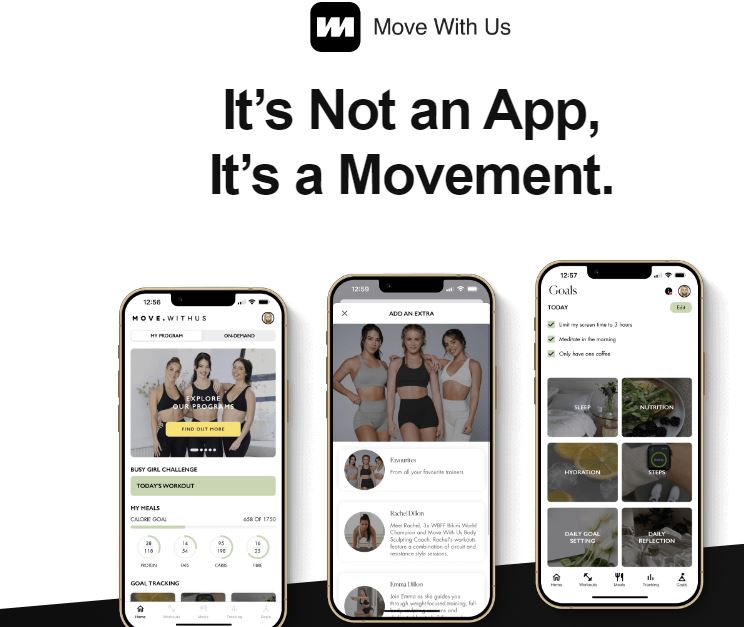
I remember what Appetiser Apps CEO and cofounder, Michael MacRae, wrote: “If you want to build a successful app, identify what problem your app solves.” I definitely agree. I think apps shouldn’t be built just because they’re fun to build, but they should exist with a purpose in mind.
With that said, here’s what I discovered after analyzing these brands and why they had successful app launches:
Phase 1: Market research and target market analysis
There are two sub-steps here to emphasize. It’s because most of the time, I observe that some founders really know who the target market is, but end up focusing on doing what they think is right and trendy, which is often not what people need.
Identifying your target customer
The first step in any lean product validation process involves defining your target market with precision. One of the successful apps we’ve built like Claudia Dean World achieved 10,000 downloads in week 1 by targeting a specific niche: aspiring ballet dancers seeking professional training.
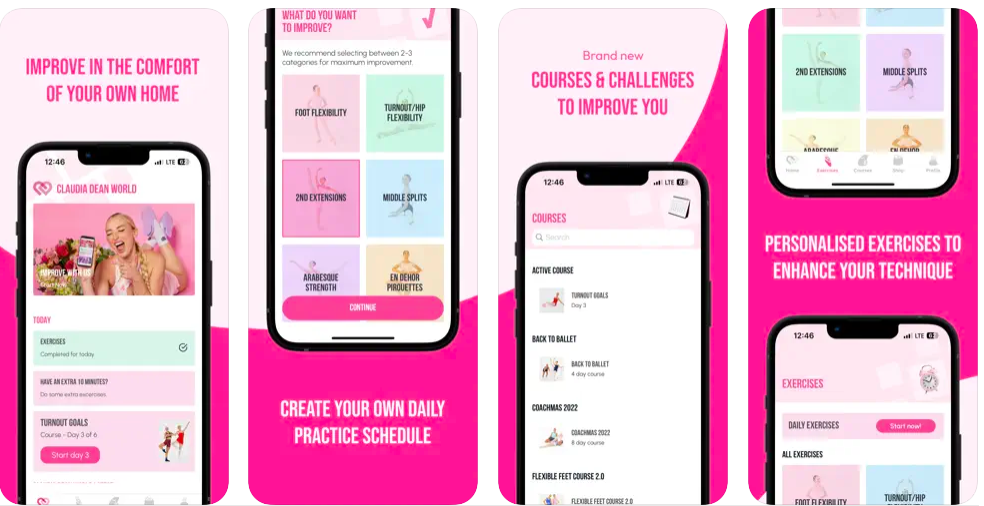
Market research should begin with these essential activities:
- Conduct user interviews with at least 20 potential customers to understand their pain points
- Use Google Trends to analyze KPl search volume for keywords related to your product idea
- Perform competitor research to understand the competitive landscape
- Analyze customer segments through demographic and psychographic data
Understanding market demand
Market validation requires quantifiable evidence of demand. MUCUDU‘s founders leveraged their hospitality experience to identify COVID-driven market gaps, achieving 1,000 early adopters and quarter-on-quarter revenue growth.
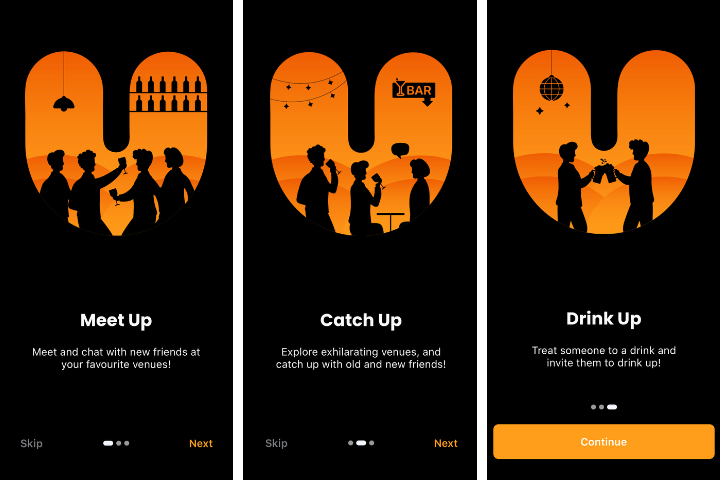
Key metrics for measuring market demand include:
- Search volume trends for problem-related keywords
- Size of existing solutions’ user bases
- Market size calculations using TAM (Total Addressable Market) methodology
- Social media engagement around problem discussions
Phase 2: Value proposition development
Once you’ve validated market demand, the next step is translating that understanding into a compelling value proposition that resonates with your target audience.
Crafting your core value proposition
Your value proposition must clearly articulate the unique customer value you provide.
Praisal succeeded by addressing the fundamental problem that “the real estate process is broken,” focusing on pre-market property listings that solved specific buyer confusion.
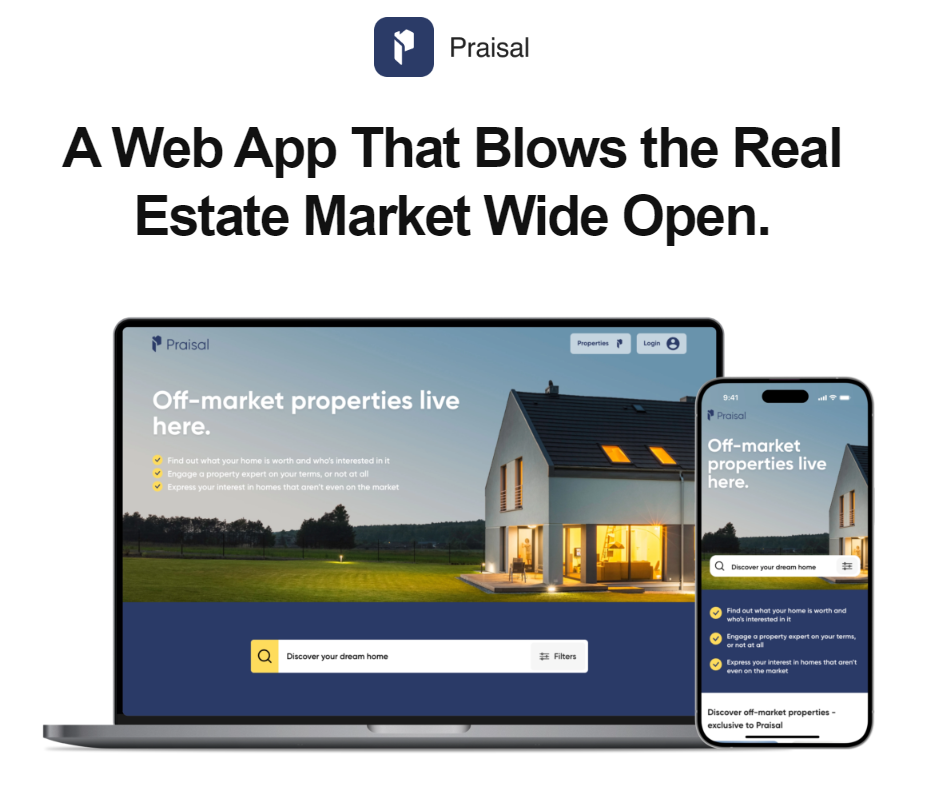
Effective value proposition development involves:
- Identifying the primary pain points your solution addresses
- Articulating measurable benefits for target users
- Differentiating from existing solutions in the market
- Testing messaging with focus groups and individual interviews
Testing product-market fit
Product market fit occurs when your solution perfectly matches market needs. Move With Us achieved this by creating an all-in-one fitness, meal planning, and progress tracker that addressed multiple pain points simultaneously.
Indicators of strong product-market fit include:
- High user engagement and retention rates
- Organic word-of-mouth growth
- Customers express disappointment if the product disappears
- Willingness to pay premium prices for the solution
Phase 3: Validation testing methods
One of the mistakes most startups and founders make when building an app is that they are pretty conscious of the first impression and stuff everything into one app.
Brian Wong, one of our product managers, perfectly encapsulates this saying:
It’s not recommended that founders focus too much on having everything in the app rather than just prioritizing the MVP (Minimum Viable Product). This can delay the launch and miss the opportunity to truly gauge whether the app will gain traction in the market.
This is the reason why a minimum viable product should be part of the validation process.
1. Create a minimum viable product
The minimum viable product (MVP) approach allows you to test core assumptions with minimal investment. Appetiser’s portfolio demonstrates that four-month launch timelines are achievable when focusing on essential features that drive user adoption.
To create effective MVP strategies:
- Create a landing page to test initial interest and collect email signups
- Develop a basic prototype showcasing core features
- Launch with limited functionality to gather direct feedback
- Use Google Analytics and other mobile analytics tools to track user behavior and engagement
2. Gather customer feedback
Validating product ideas requires systematic feedback collection from real users. Dimers secured $5 million in funding by demonstrating rapid user acquisition and engagement metrics that proved market validation.h
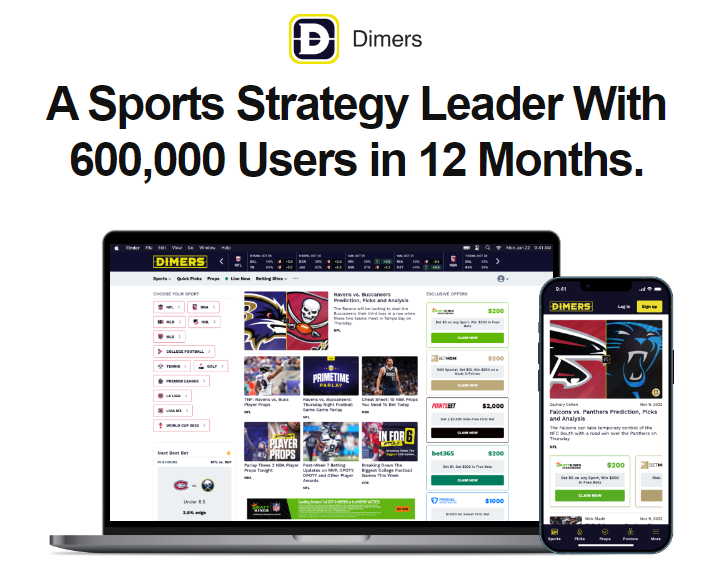
The web app design and development team that handled this project used data to build a leading user experience on the web.
There are smart ways for collecting valuable insights that you can consider for gathering customer feedback:
- Conduct online surveys with existing and prospective customers
- Interview potential customers through structured conversations
- Monitor online communities where your target audience discusses related problems
- Analyze social media conversations about competitor products
3. Test market response
Market validation process should include real-world testing with complete strangers who represent your target customer base. MUCUDU achieved this by partnering with LION (a major beverage company) and multiple food/drink brands to validate demand.
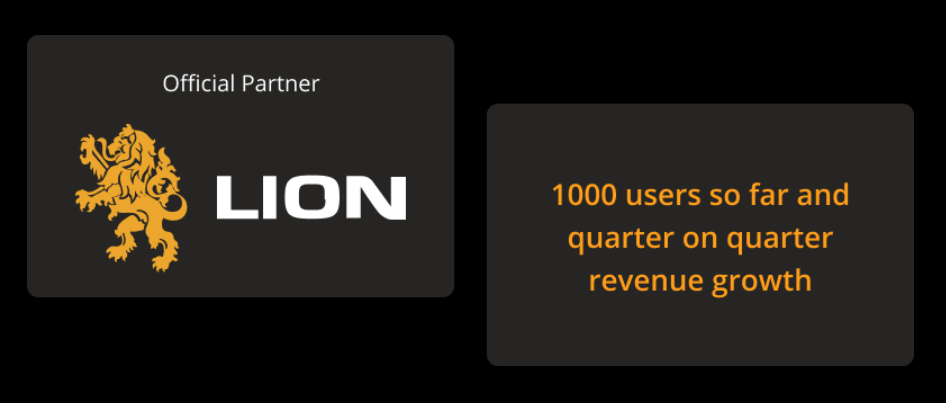
Some effective testing approaches to consider:
- Launch Google Ads campaigns to measure click-through rates and conversion
- Create crowdfunding campaigns to test the willingness to pay
- Offer early access to beta versions for feedback collection
- Test different price points to understand value perception
Phase 4: Advanced validation techniques
So, what happens after you’ve tried out those first tests and started getting some real feedback?
That’s when things get interesting. Now, we can bring in a few smart tools to help you dig even deeper and see what’s really working and what’s not.
Leveraging technology for validation
Modern software and app development teams use sophisticated tools to validate ideas before significant investment.
At Appetiser Apps, our teams use a range of digital tools to validate client ideas and then scale once the traction is made.
For example, Vello, a social video app, used interactive prototypes and rapid user testing to attract early investment and refine its product direction.
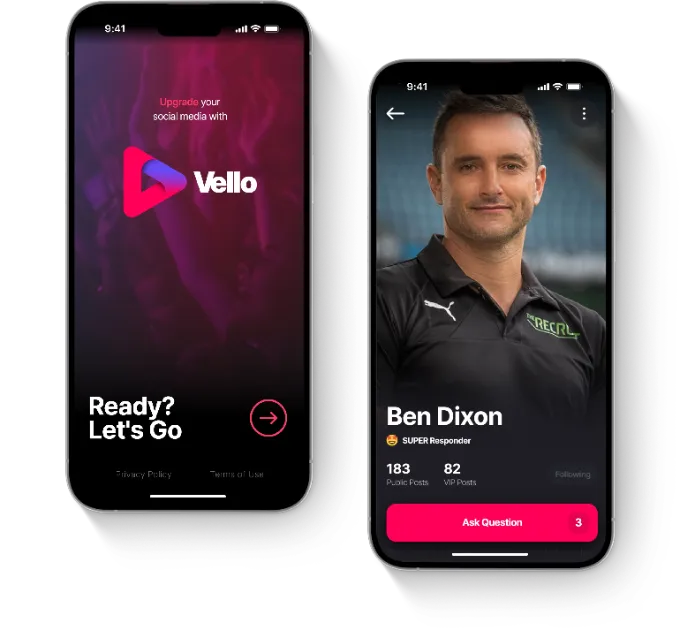
By gathering feedback from real users and iterating quickly, Vello was able to validate both their concept and user experience before a full-scale launch. This approach helped them secure a partnership with high-profile influencers, amplifying their credibility and reach.
Other advanced validation methods include:
- A/B testing different value propositions on landing pages
- Using Google Analytics to track the user journey and identify drop-off points
- Implementing heat mapping tools to understand user behavior
- Creating multiple prototypes to test different approaches
2. Building strategic partnerships
Company’s product validation often involves partnerships that provide market access and credibility.
Partnership validation strategies:
- Identify potential distribution partners in your particular market
- Seek endorsements from industry experts and thought leaders
- Collaborate with complementary businesses for cross-promotion
- Join accelerator programs that provide validation resources
Here’s a helpful article on how accelerator and incubator programs work and which one you should join.
Phase 5: Scaling and iteration
You’ve validated your idea and you’re getting traction, so what’s next?
This is where things really start to move fast.
Scaling isn’t just about adding more users or features; it’s about building on what you’ve already learned and making sure every step forward is backed by real data and feedback.
From validation to launch
The development process should incorporate continuous validation feedback. Successful products demonstrate that initial launch success depends on thorough pre-launch validation.
We’ve seen time and again that the best results come when you keep that validation mindset alive, even as you launch and grow. For example, Vello’s journey didn’t stop after raising over $1 million with an interactive prototype.
They kept refining their product with feedback from a network of over 1,000 celebrities and millions of fans, ensuring every new feature hit the mark.
Similarly, Dimers launched their MVP in just three months and used early user insights to drive rapid growth, earning over a million page views and hundreds of thousands of users within 30 days.
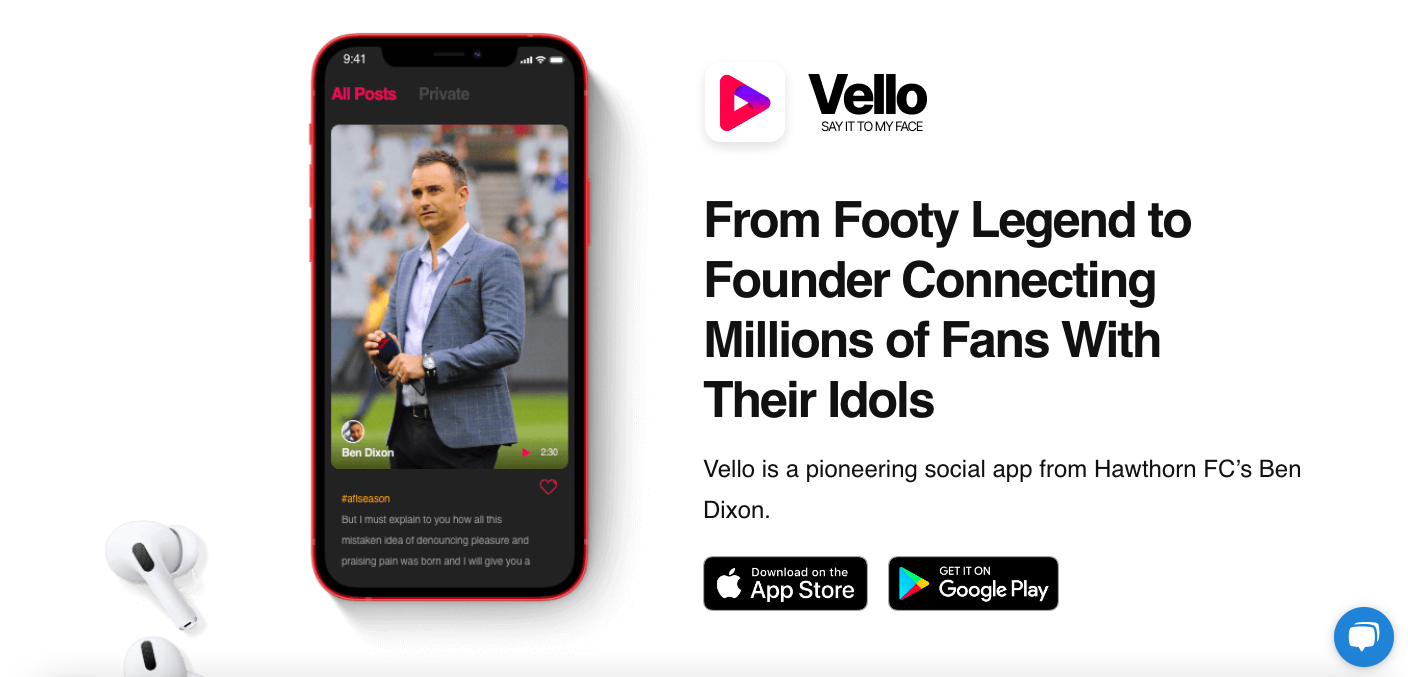
Successful products in our portfolio demonstrate that launch success isn’t a matter of luck. It’s the result of continuous learning, iteration, and a relentless focus on what your users actually want.
So as you scale, keep asking: “What’s working? What needs to change?” That’s how you turn early wins into long-term growth.
Key considerations for scaling:
- Ensure enough demand exists to support growth targets
- Develop a business model that supports sustainable revenue
- Plan a significant investment in marketing and customer acquisition
- Create systems for ongoing collection of feedback and iteration
2. Measuring long-term success
Ever wonder what separates a flash-in-the-pan app from a long-term success? It’s not just a killer launch—it’s the ongoing commitment to listening, learning, and evolving.
Take Move With Us. After making waves as the #2 Health and Fitness app on the App Store and racking up 200,000 downloads in its first year, the team didn’t stop there.
By tuning in to user feedback and adapting to market shifts, they’ve built a global community of over 500,000 users. In Australia alone, 1 in every 24 women has joined the program—a stat that’s hard to ignore in such a crowded space.
That’s the power of continuous validation in action.
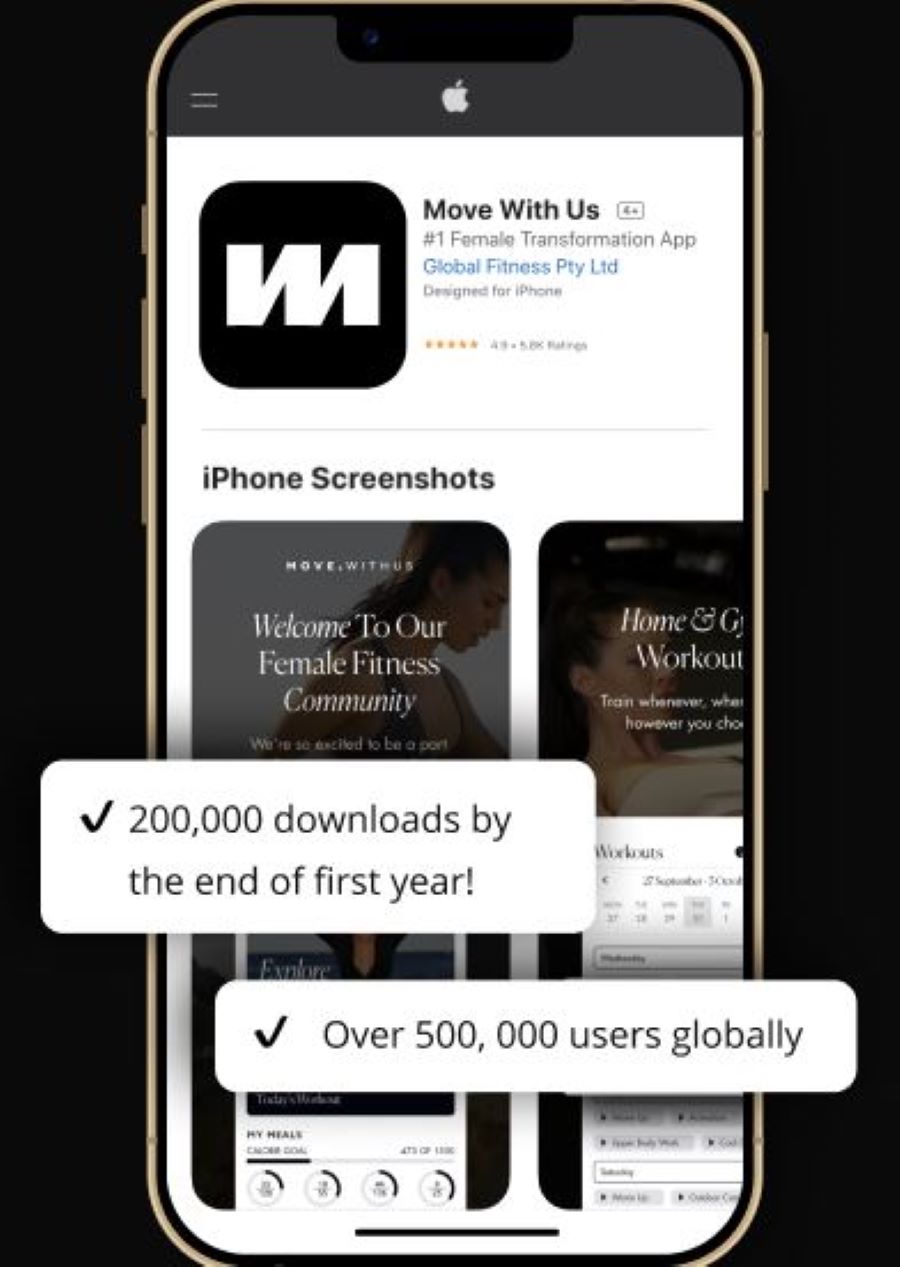
Long-term validation metrics that you can consider.
- Customer lifetime value and retention rates
- Net Promoter Score and customer satisfaction
- Market share growth within target market
- Revenue growth and profitability metrics
I think the biggest misconception is the idea of launching a perfect app. There’s no such thing as a perfect app. There will always be issues, things that break, and odd things that users encounter. But as long as you protect your core concept and ensure that what you want to test works, that’s what matters. Everything else is secondary like if a feature to change your birthday isn’t working, that shouldn’t stop users from using your app. Of course, we want to polish our apps, but that shouldn’t be the main focus. You need to ask yourself: What are you offering? What is your core concept? What are you protecting?
Maku Montecer
Head of Delivery
This mindset is what sets successful founders apart. They don’t get bogged down chasing perfection. Instead, they focus on delivering and validating the core value their product promises.
The validation framework that works
What separates the fastest-growing apps from the rest? It’s not luck: it’s a disciplined, step-by-step approach to validation.
After working with founders at every stage, I’ve seen that the real winners don’t just trust their gut or chase trends. Instead, they break down validation into clear phases, test their riskiest assumptions with real users, and let both the numbers and the stories behind them guide their next move.
Here’s what I’ve noticed:
- The teams that grow the fastest and attract serious investment are the ones that treat validation as a system, not a one-off task. They combine hard data (like user signups and retention rates) with honest conversations and feedback from their early adopters.
- Whether you’re running a lean startup or leading a big product team, this framework gives you the confidence to invest in app development, knowing you’re building something people actually want.
And here’s the most important part: validation isn’t a box you tick before launch. It’s an ongoing habit.
The most successful founders I know stay close to their users, keep asking questions, and adapt as the market shifts. That’s how you turn a good idea into a product people love and continue to love.
Ready for the next step for product validation?
Book a free consultation call with one of our product strategists and together let’s build your dream app.
Special thanks to the following Appetiser team members for contributing valuable insights: Brian Wong (Product Manager) and Maku Montecer (Head of Delivery)

Maria Krisette Lim is a Content Marketing Specialist with 14 years of experience producing web and print ad content. Krisette has a BSBA degree, major in Business Management and Entrepreneurship. When she’s not tinkering with words and punctuation, she’s either curled up with a book while sipping hot tea, playing with her toddler, or tinkering with website builders.


